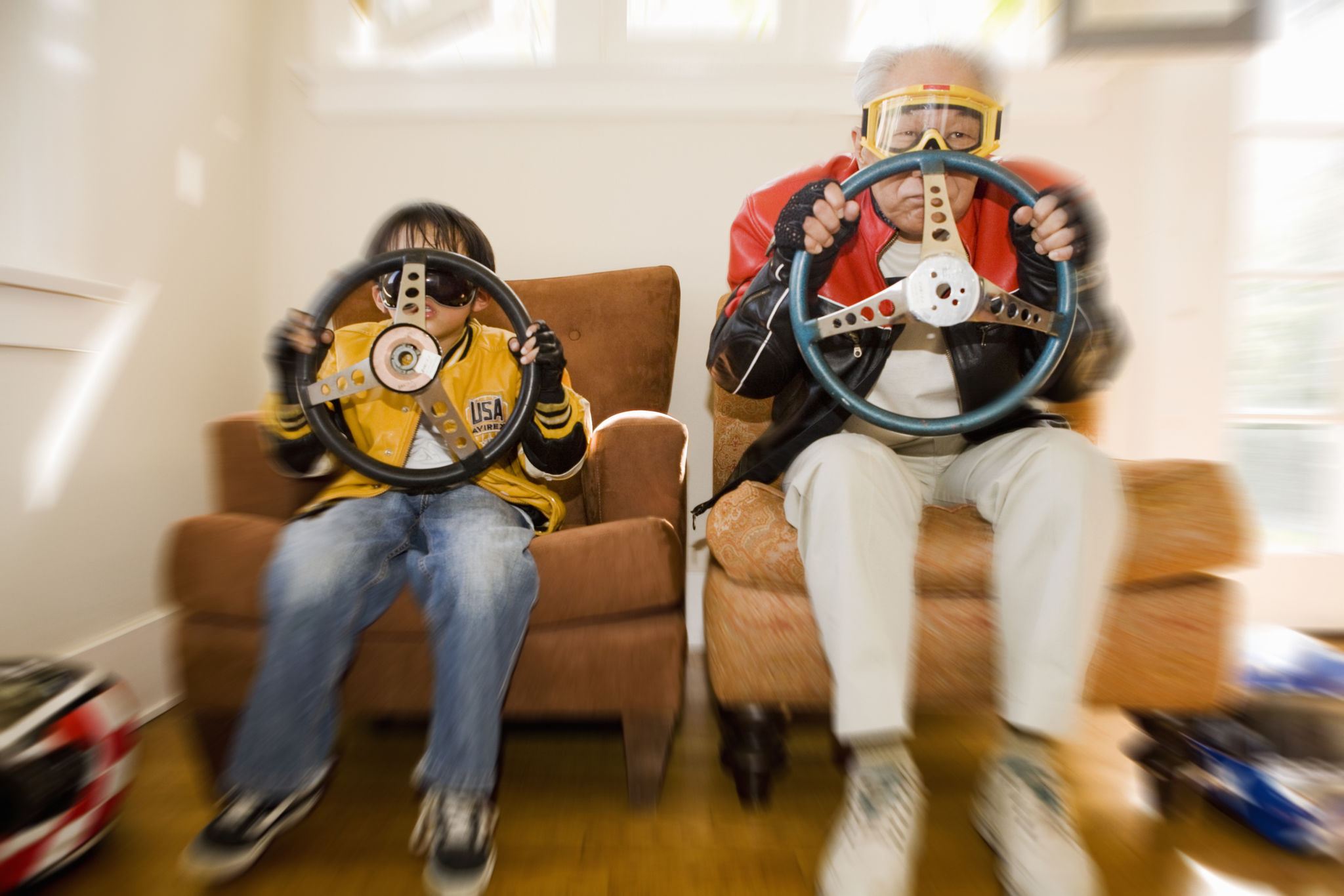DIY Home Staging: Boost Your Home's Appeal Without Breaking the Bank
Understanding the Basics of DIY Home Staging
Home staging is an essential step in preparing your house for sale. It involves arranging furniture, decor, and other aesthetic elements to make your home more appealing to potential buyers. The good news is you don't need a professional stager to achieve a stunning look. By embracing some do-it-yourself (DIY) techniques, you can enhance the appeal of your home without spending a fortune.
Start by evaluating the current state of your home. Identify areas that need improvement or refreshing. This initial assessment will guide your staging efforts and help prioritize tasks that will have the greatest impact.

Declutter and Depersonalize
The first step in effective home staging is decluttering. Remove unnecessary items and personal belongings such as family photos, collectibles, and personal memorabilia. A clutter-free space allows potential buyers to envision themselves living in the home.
Consider donating or packing away items that are not essential during the selling process. This not only makes the space appear larger but also makes it easier to maintain a clean, organized look throughout showings.
Enhance Curb Appeal
First impressions matter, and the exterior of your home is the first thing potential buyers will see. Boost your home's curb appeal by maintaining a tidy garden, mowing the lawn, and trimming any overgrown plants or hedges.
Simple touches like painting the front door, adding potted plants, or replacing outdated light fixtures can make a significant difference in how inviting your home appears from the street.

Optimize Lighting
Lighting plays a crucial role in creating a warm and welcoming atmosphere. Maximize natural light by opening curtains and blinds during showings. For rooms lacking natural light, invest in bright bulbs and strategically place lamps to illuminate dark corners.
Consider using mirrors to reflect light and create a sense of space. Placing a large mirror opposite a window can help brighten a room and make it feel more expansive.
Rearrange and Repurpose Furniture
Arranging furniture to highlight your home's best features is a key aspect of staging. Ensure there is a clear flow of movement by placing furniture in a way that defines spaces while keeping pathways open.
You can also repurpose furniture from other rooms to fill empty spaces or create focal points. For instance, moving a chair from the bedroom to the living room can create a cozy reading nook.

Add Fresh Touches
Introducing fresh elements like flowers or plants can enliven any space. Place vases of fresh flowers on dining tables or kitchen countertops, and use potted plants to add greenery indoors.
Additionally, consider updating soft furnishings such as cushions and throws to incorporate trendy colors or textures that appeal to buyers' senses.
Focus on Key Areas
While every room matters, certain areas are more critical when staging a home. Pay special attention to the living room, kitchen, and master bedroom as these are often what buyers prioritize.
Ensure these spaces are meticulously clean, well-organized, and styled to showcase their full potential, encouraging buyers to picture themselves living there.

Finishing Touches
Small details can make a big difference in the overall impression of your home. Consider setting the dining table with attractive place settings or adding scented candles to create a pleasant aroma.
Finally, do a walkthrough before each showing to ensure everything is in place. The effort you put into DIY home staging can significantly enhance your home's appeal, potentially leading to quicker sales and better offers.